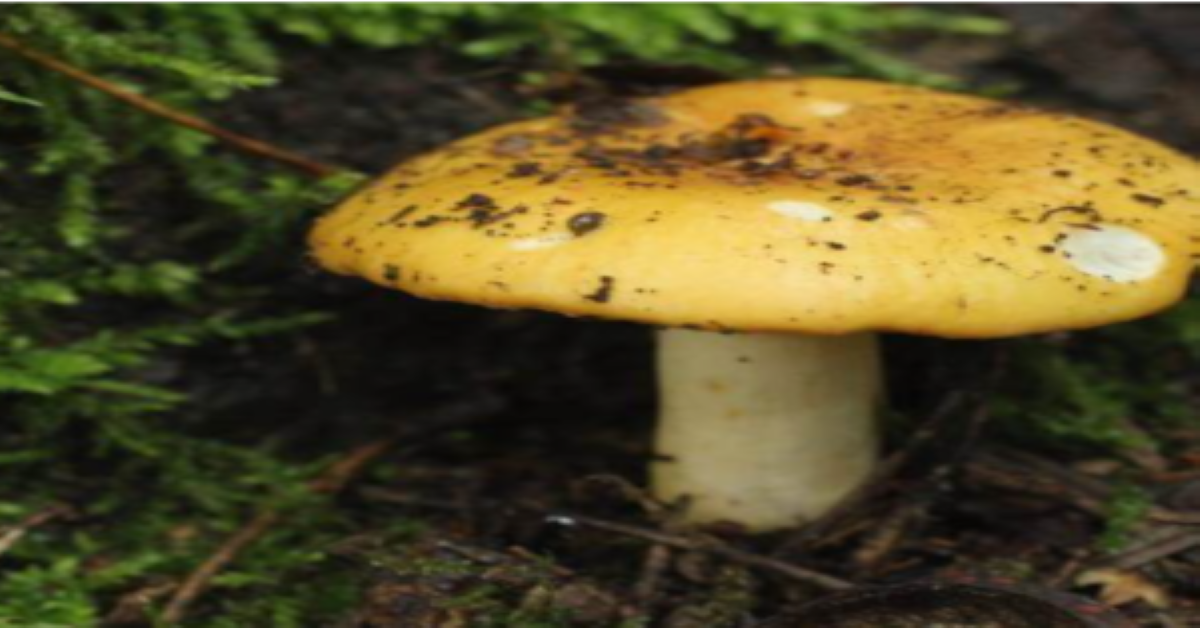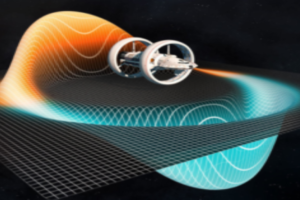
NASA is using mushrooms to build future homes for humans on Mars
Ever wondered what would happen if the earth became desolate?
After Earth, humans can only live on one planet – Mars.
“People always show that they will do what is necessary to survive,” said Tracey Griber, deputy program director for NASA’s Space Technology Mission Directorate. “If the planet becomes unsustainable, there’s a reason for somewhere else.”
NASA has already begun to focus their attention on Mars.
NASA is currently investigating the possibility of finding technologies that could grow dentate structures on Mars. Surprisingly, these technologies include mycelium and fungi, which are the basic yarns that make up the whole fungus.
The traditional route to build habitats on Mars is like a turtle, carrying its home on its back wherever it goes. Lynn Rothschild, lead researcher on an early project to build a house out of mushrooms on Mars said that while it is a solid plan, it could lead to huge energy costs. However, Lynn suggests that once we all get to Earth, we can use the mycelium to grow our own habitat.
According to astronauts, we might one day live under a revolutionary concept called “myco-architecture”. This concept shows how fungal mycelium can grow and repair more strongly than reinforced concrete itself.
Could houses on Mars be built in the future with fungi?
NASA is already at it. The project is part of NASA’s Advanced Innovative Concepts program, which looks at different aspects of life as a technology. Astronauts can come with a reliable and highly compact habitat built from lightweight materials embedded with fungi. This can survive long space flight. Now, when these materials touch a surface, astronauts simply need to activate the fungus with water. This habitat would protect not only humans, but also the Moon on the surface of Mars, as fungi would be built into the structure.
In addition, the mycelium will be genetically modified to remain sustainable even when separated from the habitat. This prevents contamination of the planet’s surface. Among other things, it could help detect false positive readings of life on the surface of Mars. These structures will then be forced to further strengthen their structure and prevent contamination.
These fungi feed on organic matter to produce spores. Inside the spores mycelium is hidden as roots to help build the fungus. This spreads further to millions of mushrooms.
Mars would not be a harsh environment for humans or fungi. However, fungi need cyanobacteria to survive. Cyanobacteria can convert carbon dioxide and water into food and oxygen with the help of solar energy. The Dome Habitat is designed with three layers – the outer layer of frozen water acts as a barricade between radiation and astronauts. The third layer provides water for the second layer, cyanobacteria which is further transformed into oxygen. The last layer, which contains mycelium, collects nutrients from the cyanobacterial layer.
According to Rothschild, “When we design for space, we are free to experiment with new ideas and materials, more freely than on Earth.” Once the prototypes are finished with plans for other worlds, they can be taken directly to our planet.
Tag:FUTURE HOMES, HUMANS, MUSHROOMS, NASA




